A Window into Lady Waldegrave’s Legacy
Written by Dr Rosalind White, Collections Assistant
As part of our ongoing cataloguing project to delve deeper into the post-Walpole era of Strawberry Hill, we are excited to share a fascinating research resource from our archives!
In 1883, thirty-one years after Horace Walpole’s treasures were dispersed in the ‘great sale’ of 1842, Lady Waldegrave’s possessions, along with her beloved Strawberry Hill, were put up for sale by the auctioneers Ventom, Bull and Cooper. Following her sudden and tragic death at the age of 58, her husband Chichester Parkinson-Fortescue could not bear to reside at Strawberry Hill ‘or even to keep up a place haunted by so many pleasing yet painful memories’ (Walford 79).
The auction marked a pivotal moment for the house, reflecting both the legacy of Lady Waldegrave and the end of an era before the Stern family’s influence.
The catalogue that accompanied this auction is now available for download, providing a primary source for those interested in Victorian history, decorative arts, and the study of material culture. In many ways, it serves as the most informative record of Strawberry Hill during the Waldegrave occupancy. Its pages provide a fascinating window into both Lady Waldegrave’s exacting design choices and her determination to restore the house’s collection to its former magnificence.
Much of Lady Waldegrave’s aesthetic sensibilities were in line with contemporary fashion of the 1850s and 60s. Her drawing room and gallery were furnished in a grand French style, characterised by gilded mouldings and marquetry with richly upholstered furniture in crimson satin damask (lots 338-344). Her more private boudoir featured figured silk curtains lined with light blue silk (lot 103) to match the blue silk walls, as well as a blue velvet occasion table carved with cupid (lot 117) and a cornucopia of delicate China figures.
Despite her Victorian predilections, Lady Waldegrave took great care to harmonise her additions with Walpole’s original vision for the house. She carefully selected pieces that reflected the house’s Gothic revival elements, such as the sculptured oak cabinet in the Gothic style (Lot 150), and items to complement Walpole’s taste for historical and antiquarian objects, exemplified by the old gilt Italian Cassone with panels painted with fifteenth century military subjects (lot 134). Moreover, she reacquired some of Walpole’s original art collection, including portraits by Joshua Reynolds and Godfrey Kneller.
Even her more contemporary choices echo Walpole’s appreciation for fine art and classical themes, or his desire to provoke contemplation. The only painting listed in her dressing room, “Hope Cherishing the Drooping” by William Cave Thomas (Lot 939), exhibited to great acclaim at the Royal Academy in 1851, captures a mythological scene with a semi-nude figure symbolising hope watering flowers. Visitors to her drawing room would have been greeted by Lot 600, ‘The Reading Girl’, a marble sculpture by Pietro Magni, celebrated at the London International Exhibition of 1862 for its unprecedented realism and emotional depth. As one critic put it, “Magni’s ‘Reading Girl’ is truthful not only to the hem of a garment, to the turned leaf of the book, and the torn rushes from the bottom of a cottage chair, but earnest as if the whole soul drank of the poetry and was filled, moves with a heartfelt pathos … The girl reads, and among the crowd of spectators every voice is hushed. Tread softly, break not rudely on her reverie. Listen! perchance she speaks.”
Like Walpole, Lady Waldegrave commissioned several custom pieces for the house. One notable example is lot 624 a cabinet, carved and gilt, produced by Nosotti of Oxford Street, and featured in The Art Journal Illustrated Catalogue of the International Exhibition, 1862. Described in the 1883 sale catalogue as “a fine gilt cabinet of artistic design, most elaborately carved with figures of gryphons and masks, lined inside with crimson velvet, and enclosed by a pair of folding doors, with panels adorned with oil paintings by Giovanni Paolo Panini. This connection to Panini is particularly significant, as Horace Walpole himself bought several paintings by Panini while in Italy. The stand includes two drawers and was decorated with carved scrollwork, featuring winged busts and lion’s paw feet.
Two paintings by Giovanni Paolo Panini are currently displayed in our Green Closet at Strawberry Hill, on long-term loan from a private collector.
If you would like to learn more about Lady Waldegrave’s efforts to preserve and enhance Strawberry Hill’s splendour you can view our Waldegrave & Stern Collections Highlights as well as the 1883 catalogue below.
‘Cataloguing the Legacy of Lady Waldegrave and the Stern Family at Strawberry Hill House’ is made possible thanks to a Collections Access Grant from the 40th Anniversary fund of The Decorative Arts Society, you can find out more about the overarching project here.
If you have any knowledge or artefacts related to this period in Strawberry Hill’s history, please reach out to our Curator Silvia Davoli at silvia.davoli@strawberryhillhouse.org.uk.
Sources
Atinkson, J. Beavington. ‘International Exhibition, 1862. No.VI – Sculpture, Foreign Schools’, Art Journal (November 1862), p. 214.
Walford, Edward. The Pilgrim at Home. Society for Promoting Christian Knowledge, 1886.
Strawberry Hill. A Catalogue of the Contents of the Mansion (London: Ventom, Bull and Cooper, 1883), © Strawberry Hill Collections Trust.
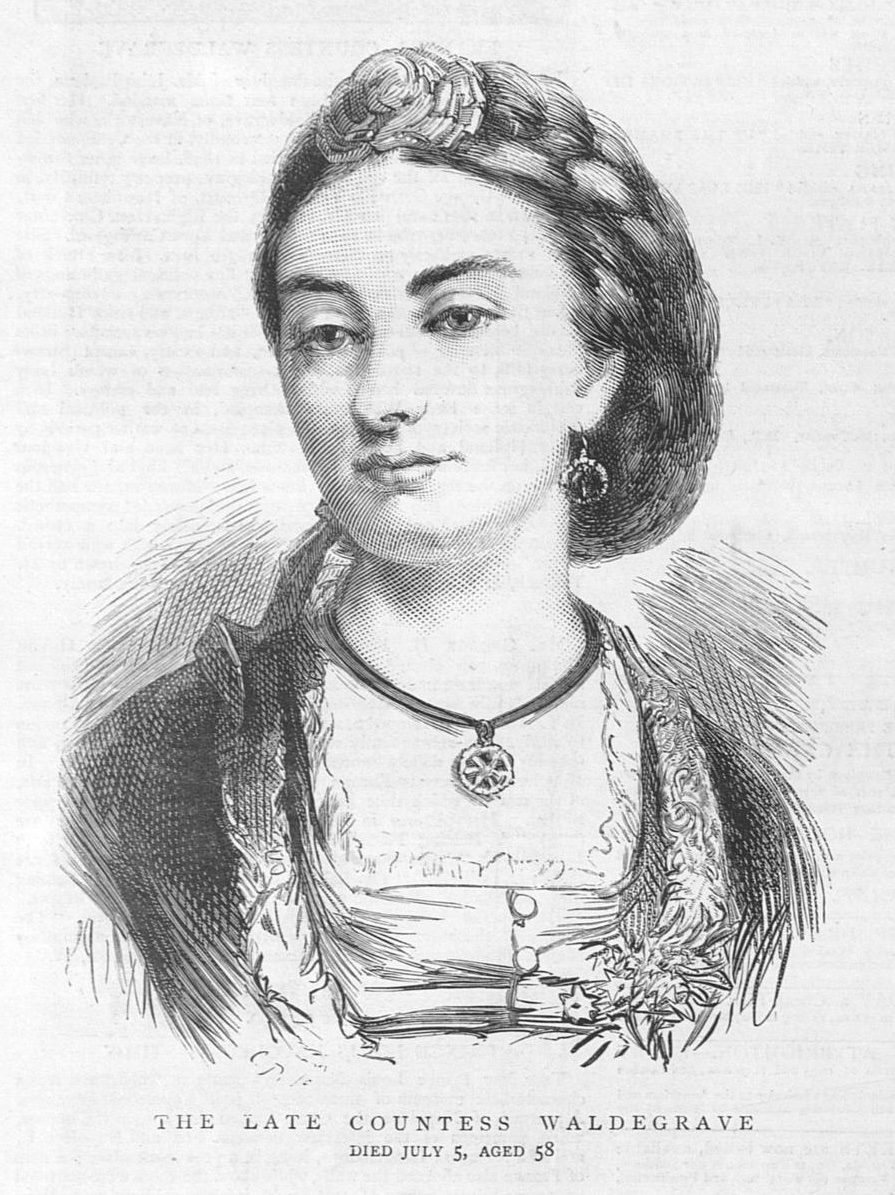
The Late Countess Waldegrave, published in The Graphic, 26, July, 1879.
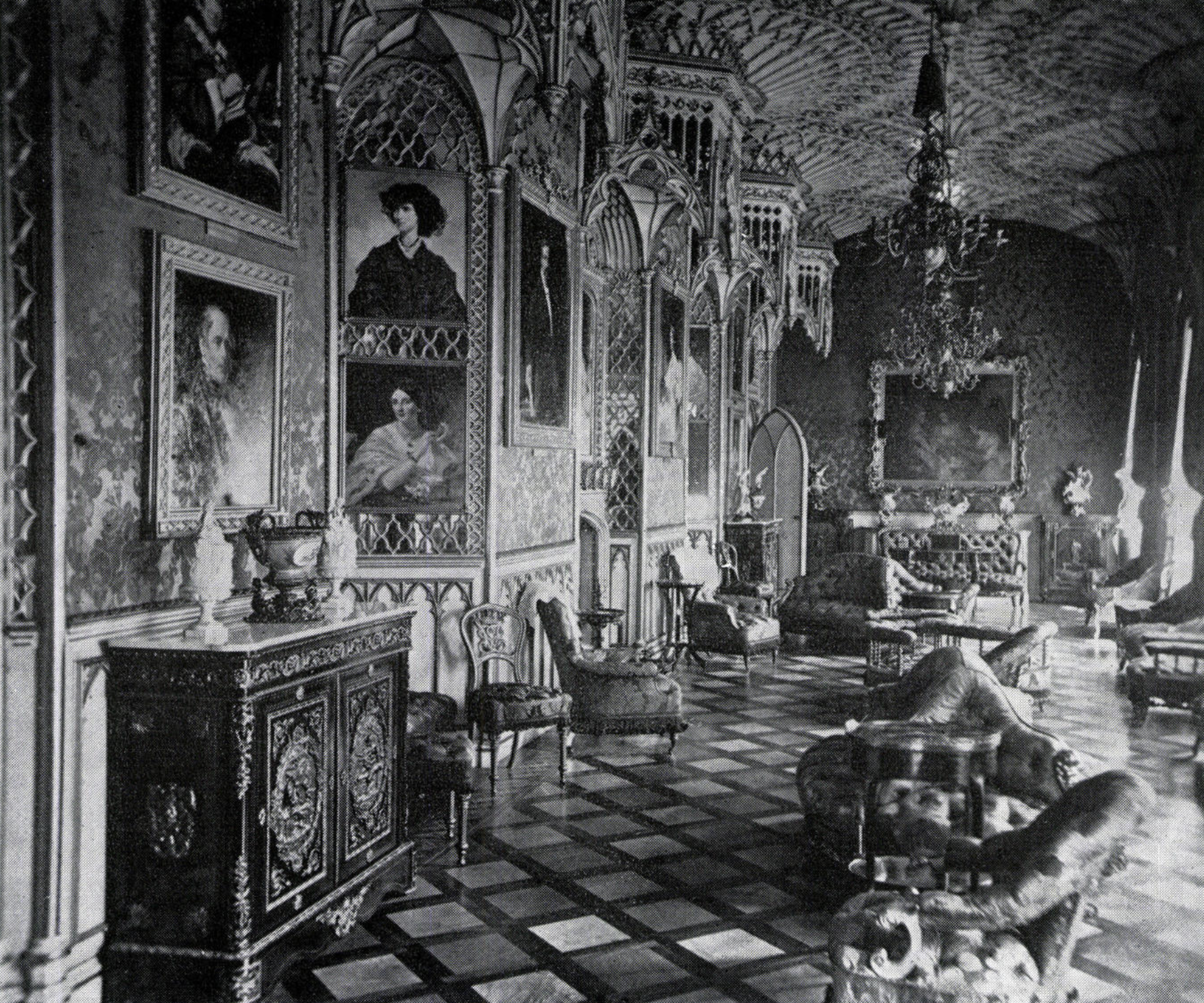
The Gallery in Lady Waldegrave’s time, photographed c. 1863 by Philip Henry Delamotte, published in Country Life, 21, June, 1973.
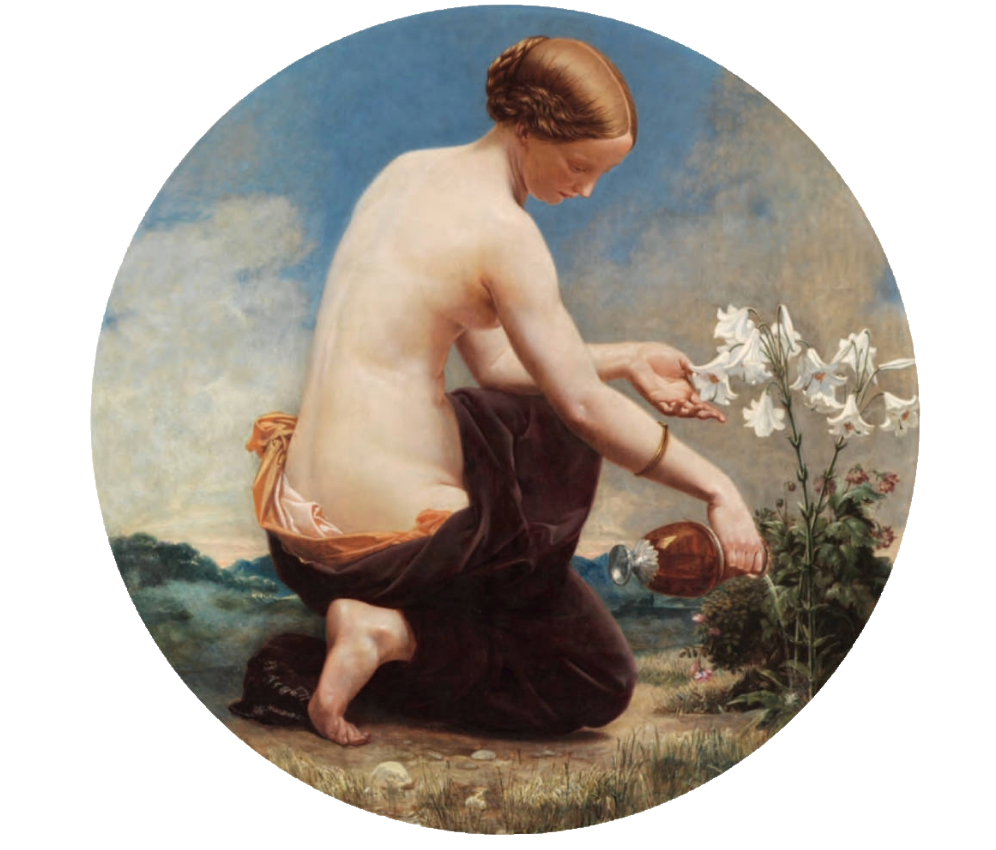
Hope Cherishing the Drooping by William Cave Thomas (1820-1896). Exhibited at the Royal Academy in 1851 and listed as lot 939 in the auction catalogue. Image: The Victorian Web, courtesy of the Maas gallery.
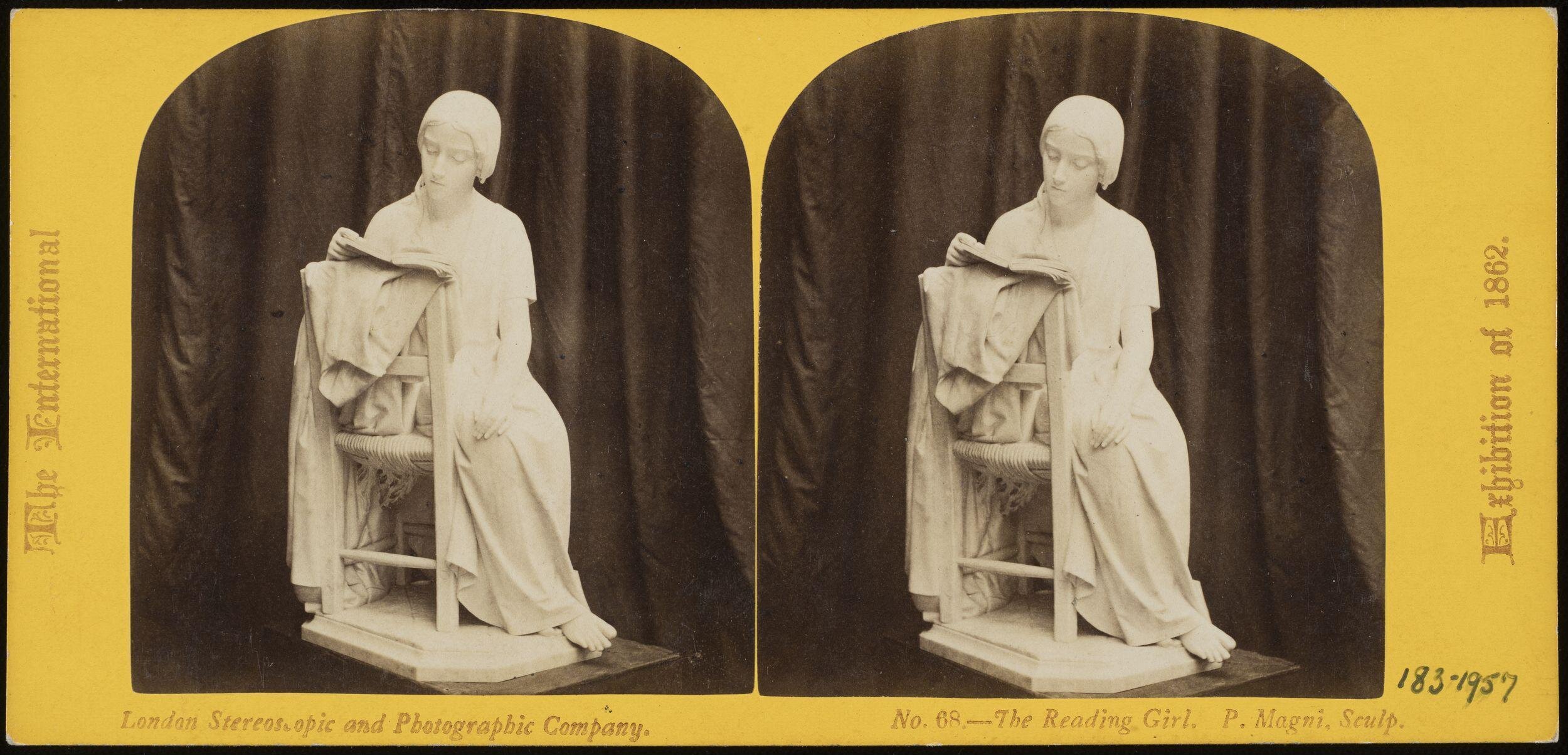
Stereograph from the International Exhibition of 1862 depicting ‘The Reading Girl’, a statue by Pietro Magni at Crystal Palace. Image: © Victoria and Albert Museum, London.
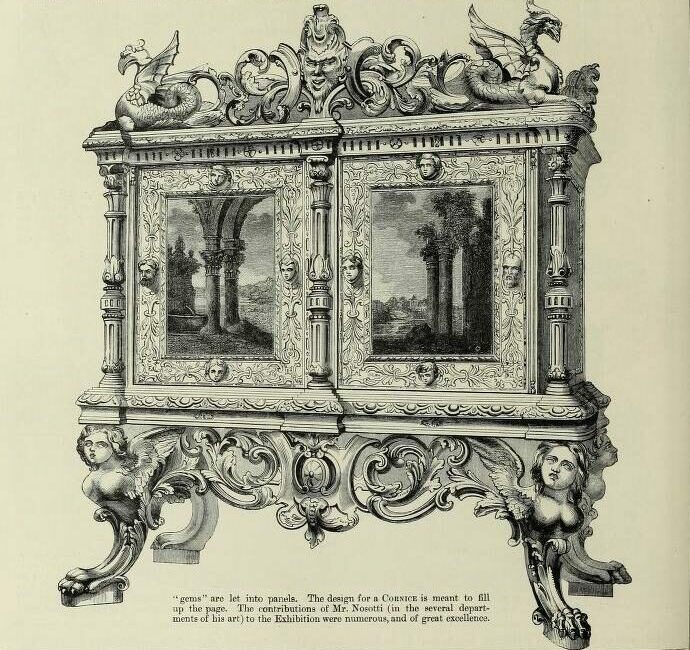
A cabinet, carved and gilt, produced by Nosotti of Oxford Street for ‘the Countess Waldegrave’. Image: The Art Journal Illustrated Catalogue of the International Exhibition, 1862, p. 310.
In 2024, the Collections Team at Strawberry Hill House conducted a cataloguing project to explore the our collections originating from the time of Lady Frances Waldegrave and the Stern family. Several blogs, a digital database, and a PDF illustrated inventory were produced, thanks to the Collections Access Grant provided by the Decorative Arts Society. FIND OUT MORE